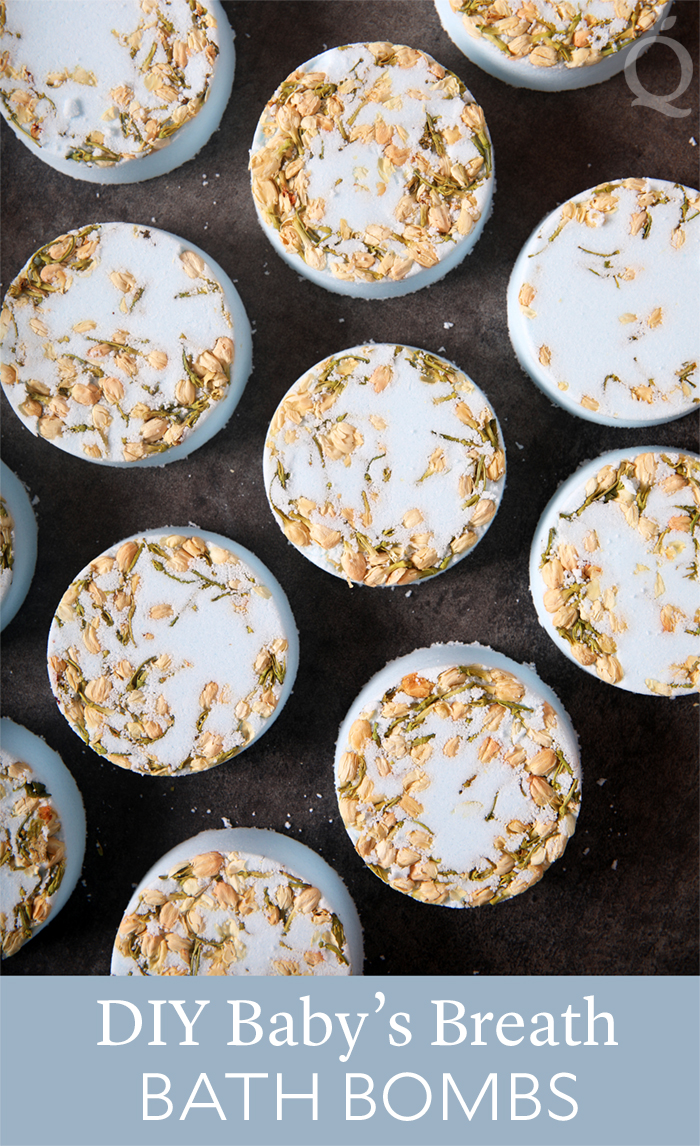
These Baby’s Breath Bath Bombs will take your mind off the cold temperatures and gray skies. They’re made with products from the new Modern Floral Collection.
The star of the recipe is new Baby’s Breath Fragrance Oil. It’s a delicate scent that has notes of grapefruit, bergamot, peach, and amber. Lotus flower extract is added for a bit of luxury and they’re topped with jasmine flowers. The recipe is easy to make and it’s ready in just a few hours. You’ll be relaxing and dreaming of spring in no time.
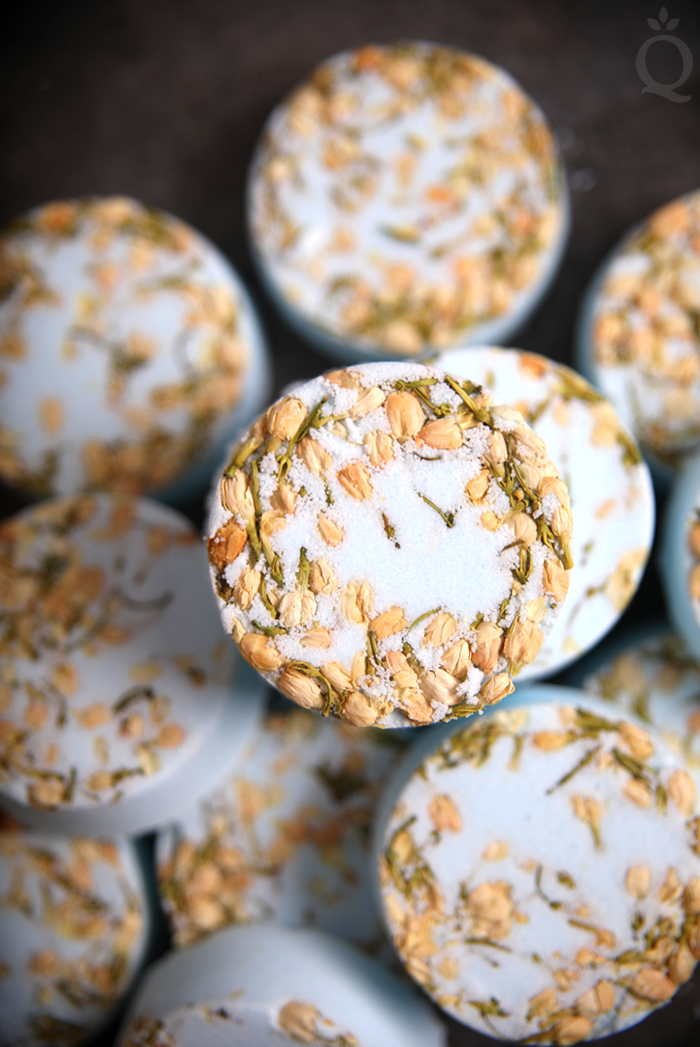
DIY Baby’s Breath Bath Bombs
What You Need:
About 13 Disk Mold & Packages
Jasmine Flowers
32 oz. Sodium Bicarbonate (Baking Soda)
16 oz. Citric Acid
Blue Slushy Mica
1 oz. Lotus Flower Extract
0.5 oz. Baby’s Breath Fragrance Oil
0.2 oz. Polysorbate 80
Witch Hazel in a Spray Bottle
�
ONE: In a large bowl, mix together 32 ounces of baking soda and 16 ounces of citric acid. To get rid of clumps in the mixture, you can push the powders through a sifter or break them up with your fingers. Citric acid has a tendency to take off nail polish, so wear gloves to protect your manicure. Thoroughly stir the ingredients together.
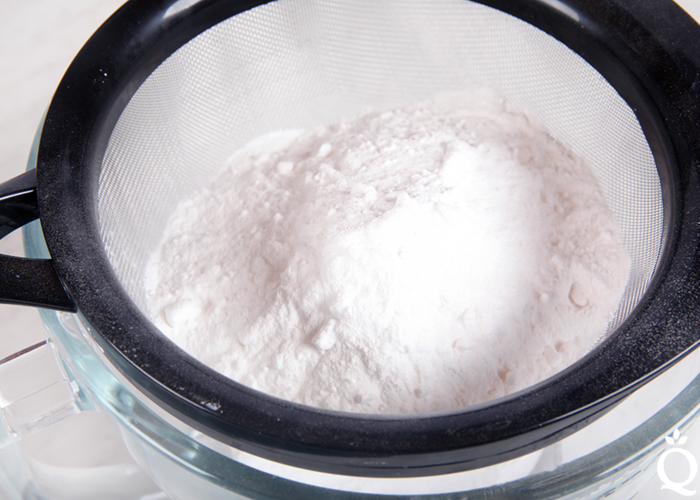 TWO: Add 1/4 teaspoon of Blue Slushy Mica. Use your hands to break up the drops and mix them into the powder. The mixture may not look very saturated, but the color will pop once the liquids are added. More color can also be added later.
TWO: Add 1/4 teaspoon of Blue Slushy Mica. Use your hands to break up the drops and mix them into the powder. The mixture may not look very saturated, but the color will pop once the liquids are added. More color can also be added later.
THREE: In a separate container, mix together 1 ounce of lotus flower extract, 0.5 ounces of Baby’s Breath Fragrance Oil, and 0.2 ounces of polysorbate 80. Stir the mixture together with a spoon.
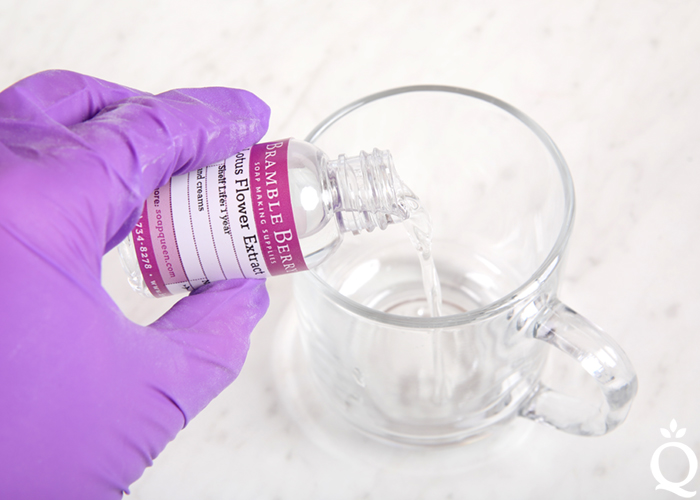
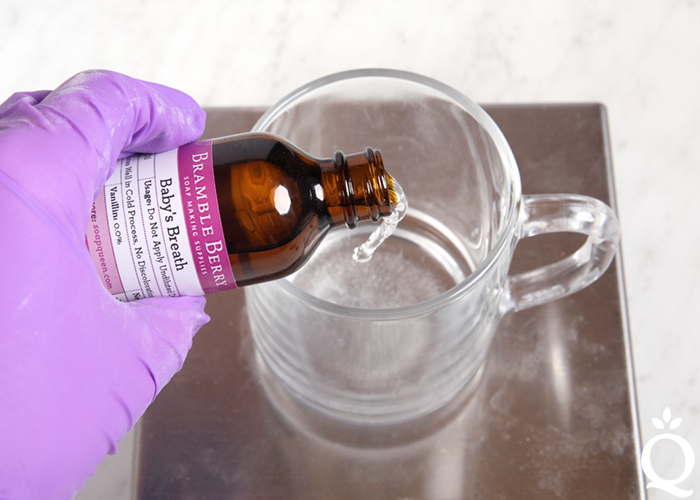 FOUR: Add the liquid mixture to the dry ingredients and use your hands to thoroughly stir everything together.
FOUR: Add the liquid mixture to the dry ingredients and use your hands to thoroughly stir everything together.
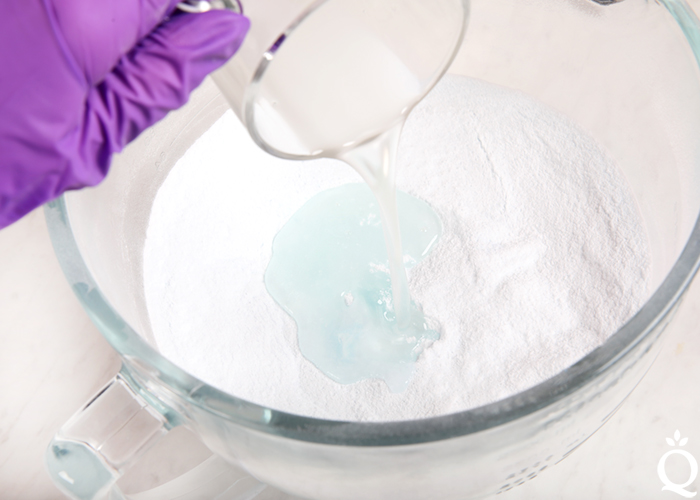
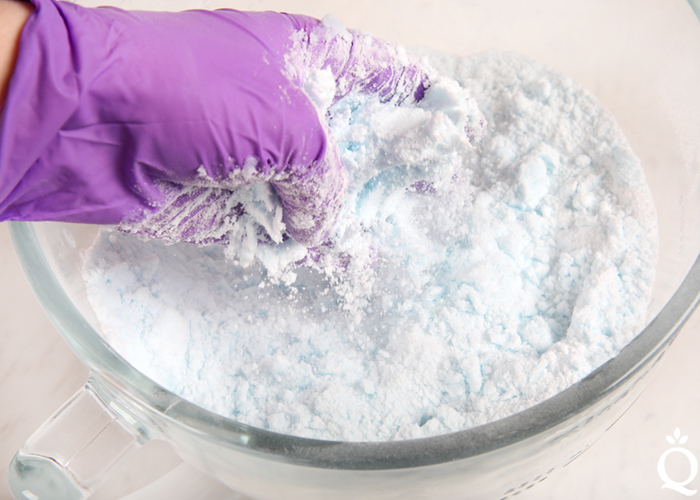 FIVE: Check the consistency of the bath bomb mixture. The perfect consistency is similar to wet sand that holds its shape when squeezed. If it’s too dry, use one hand to spritz the mixture with witch hazel and one to mix. Continue spritzing until the mixture holds its shape when squeezed.
FIVE: Check the consistency of the bath bomb mixture. The perfect consistency is similar to wet sand that holds its shape when squeezed. If it’s too dry, use one hand to spritz the mixture with witch hazel and one to mix. Continue spritzing until the mixture holds its shape when squeezed.
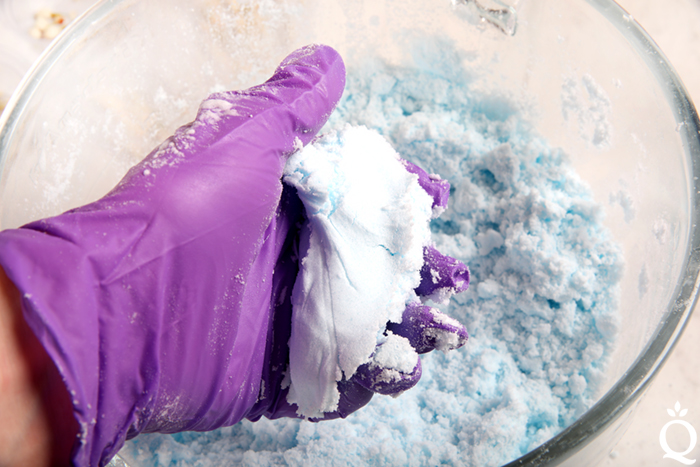 FIVE: Place jasmine flowers into the bath bomb mold.
FIVE: Place jasmine flowers into the bath bomb mold.
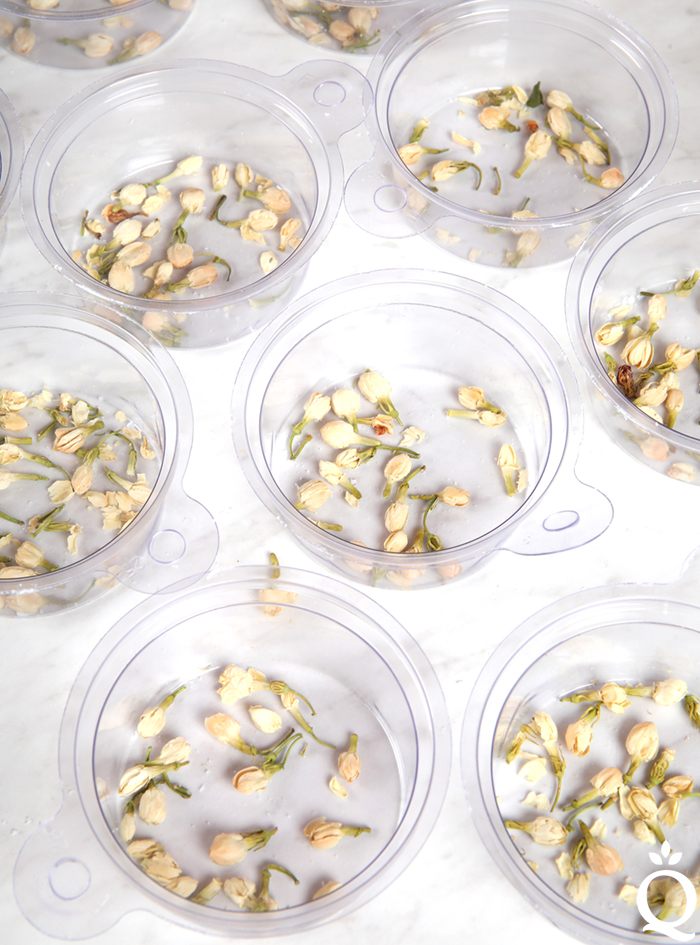 SIX: Begin filling each mold with the mixture. Firmly compact the mixture into the mold to create a solid shape. Only fill each mold to the inner lip, or the lid will not close. Allow the bath bombs to dry and harden for at least 4 hours or up to overnight. To use, place in a hot bath and enjoy.
SIX: Begin filling each mold with the mixture. Firmly compact the mixture into the mold to create a solid shape. Only fill each mold to the inner lip, or the lid will not close. Allow the bath bombs to dry and harden for at least 4 hours or up to overnight. To use, place in a hot bath and enjoy.
TIP: To prevent the jasmine flowers from moving to the edges of the mold, place a small amount of bath bomb mixture (just enough to cover the flowers) and press down. Then continue to fill the mold.
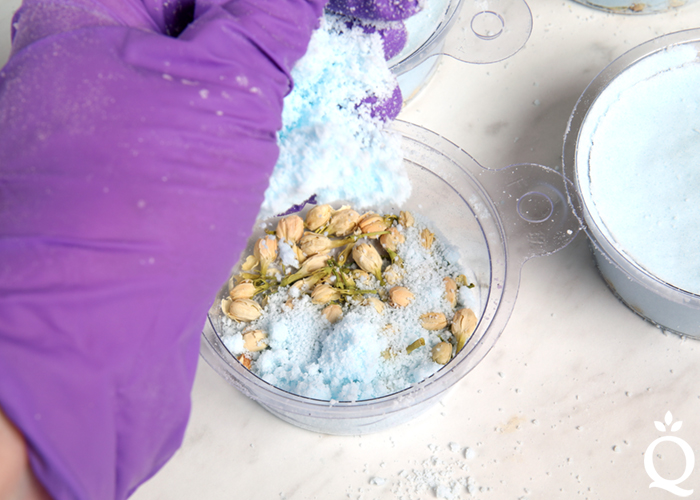
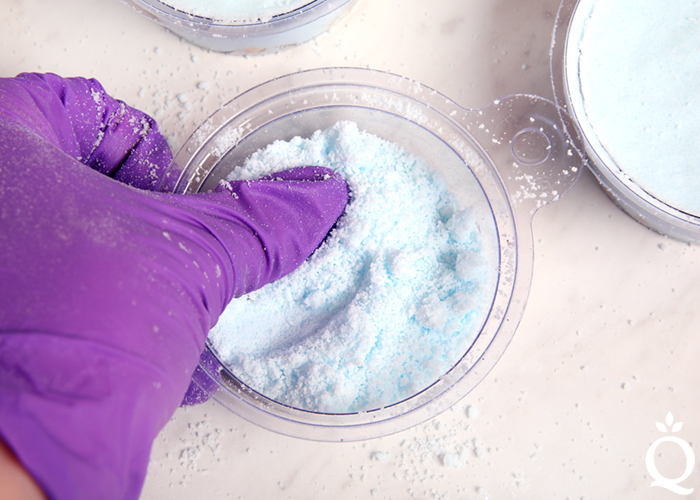
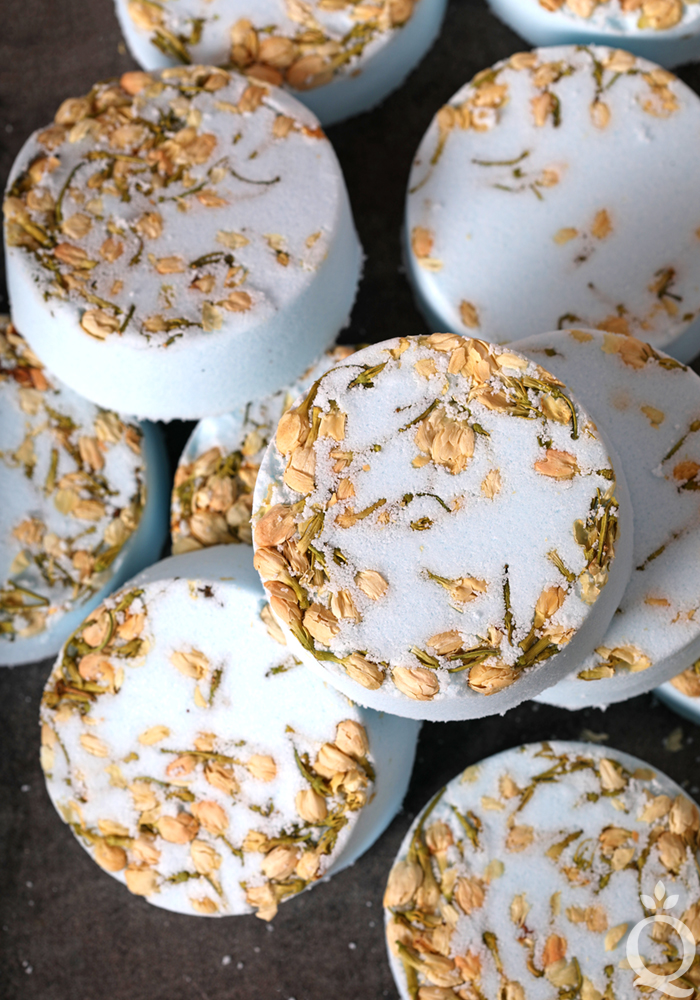
- About 13 Disk Mold & Packages
- Jasmine Flowers
- 32 oz. Sodium Bicarbonate (Baking Soda)
- 16 oz. Citric Acid
- ¼ tsp. Blue Slushy Mica
- 1 oz. Lotus Flower Extract
- 0.5 oz. Baby’s Breath Fragrance Oil
- 0.2 oz. Polysorbate 80
- Witch Hazel in a Spray Bottle
- In a large bowl, mix together 32 ounces of baking soda and 16 ounces of citric acid. To get rid of clumps in the mixture, you can push the powders through a sifter or break them up with your fingers. Citric acid has a tendency to take off nail polish, so wear gloves to protect your manicure. Thoroughly stir the ingredients together.
- Add ¼ teaspoon of Blue Slushy Mica. Use your hands to break up the drops and mix them into the powder. The mixture may not look very saturated, but the color will pop once the liquids are added. More color can also be added later.
- In a separate container, mix together 1 ounce of lotus flower extract, 0.5 ounces of Baby’s Breath Fragrance Oil, and 0.2 ounces of polysorbate 80. Stir the mixture together with a spoon.
- Add the liquid mixture to the dry ingredients and use your hands to thoroughly stir everything together.
- Check the consistency of the bath bomb mixture. The perfect consistency is similar to wet sand that holds its shape when squeezed. If it’s too dry, use one hand to spritz the mixture with witch hazel and one to mix. Continue spritzing until the mixture holds its shape when squeezed.
- Place jasmine flowers into the bath bomb mold.
- Begin filling each mold with the mixture. Firmly compact the mixture into the mold to create a solid shape. Only fill each mold to the inner lip, or the lid will not close. Allow the bath bombs to dry and harden for at least 4 hours or up to overnight. To use, place in a hot bath and enjoy. TIP: To prevent the jasmine flowers from moving to the edges of the mold, place a small amount of bath bomb mixture (just enough to cover the flowers) and press down. Then continue to fill the mold.


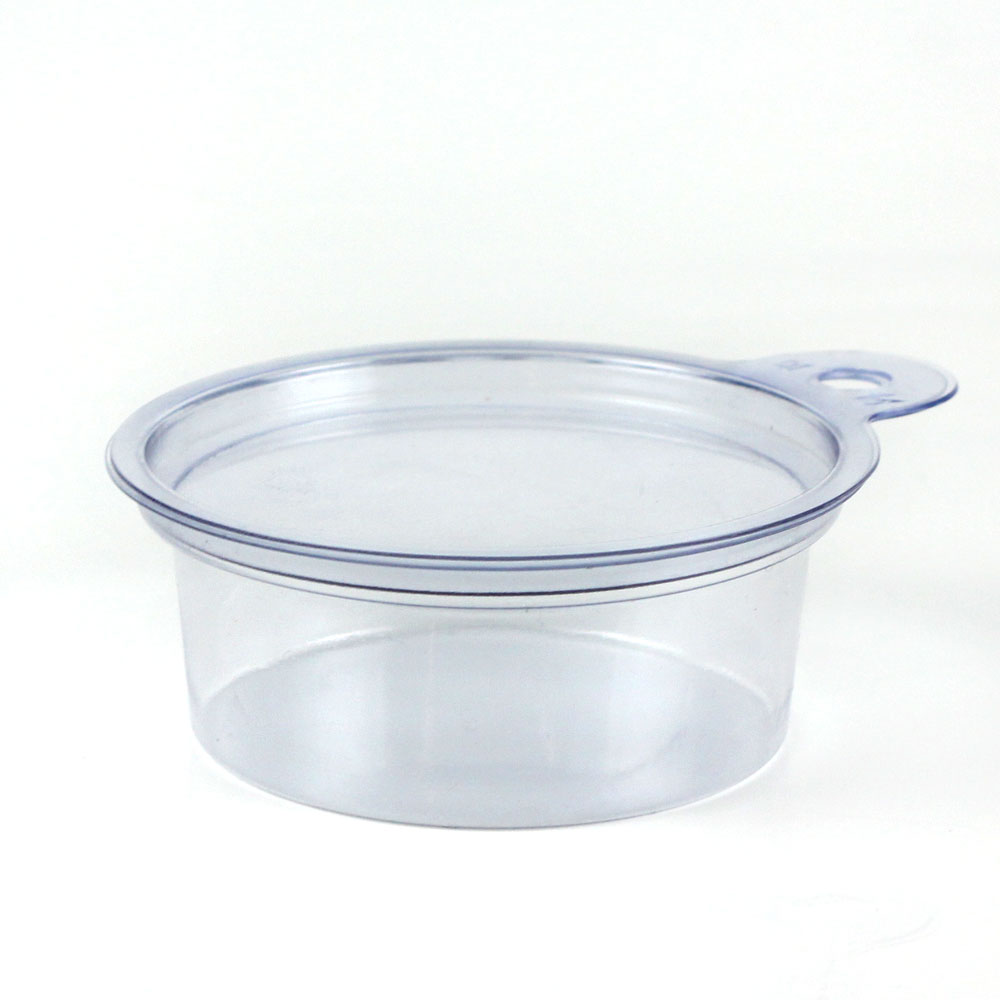


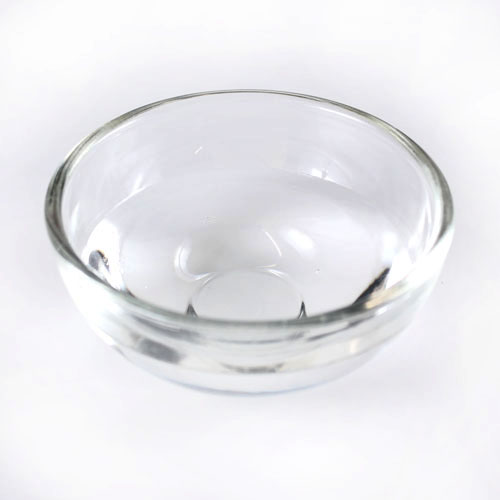
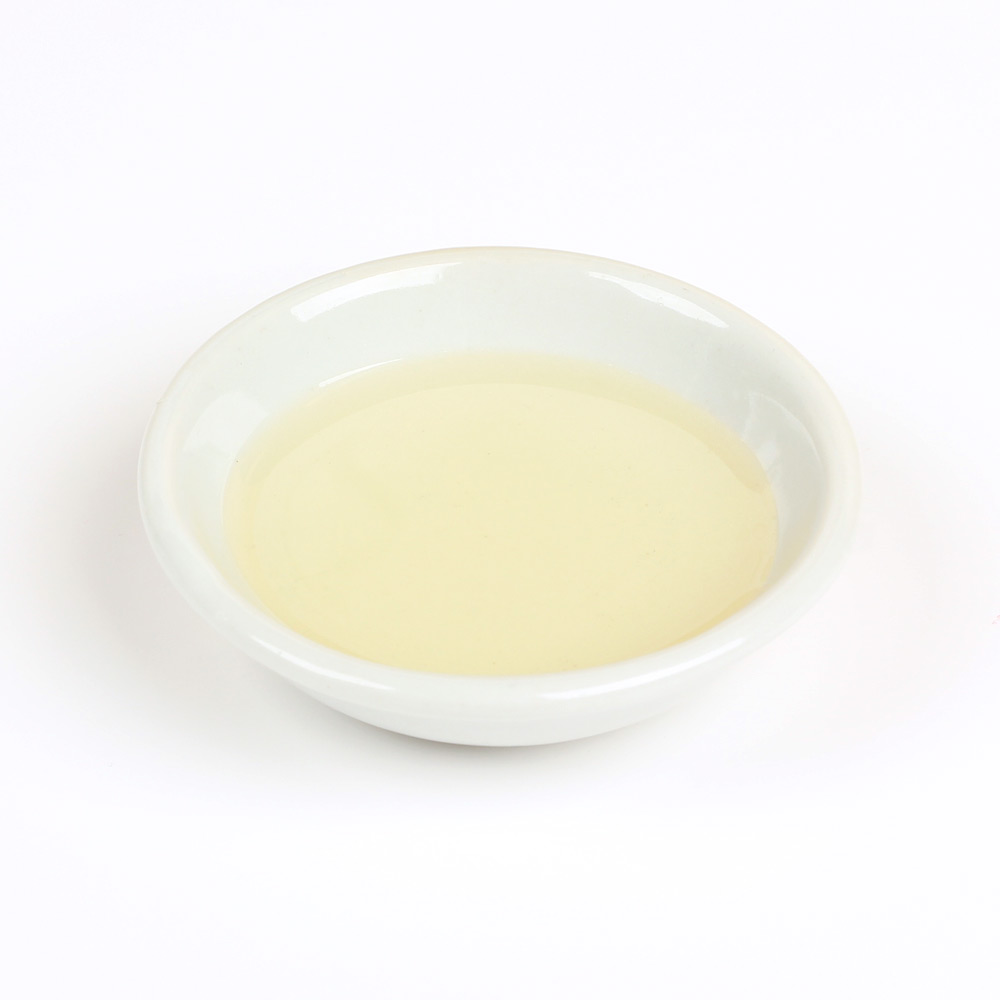

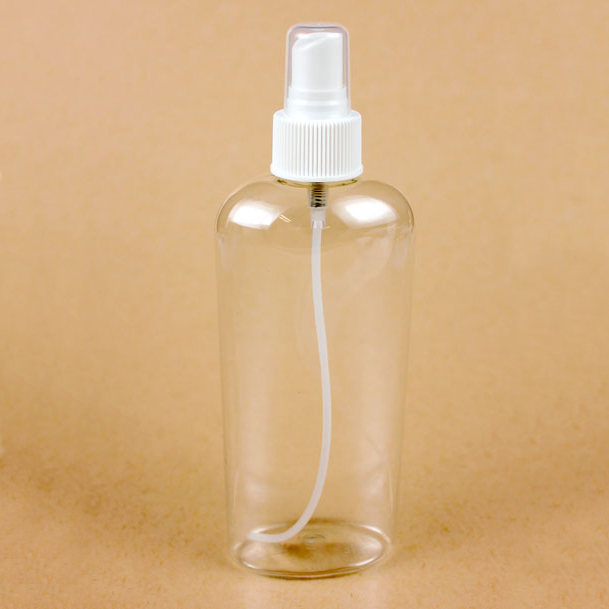
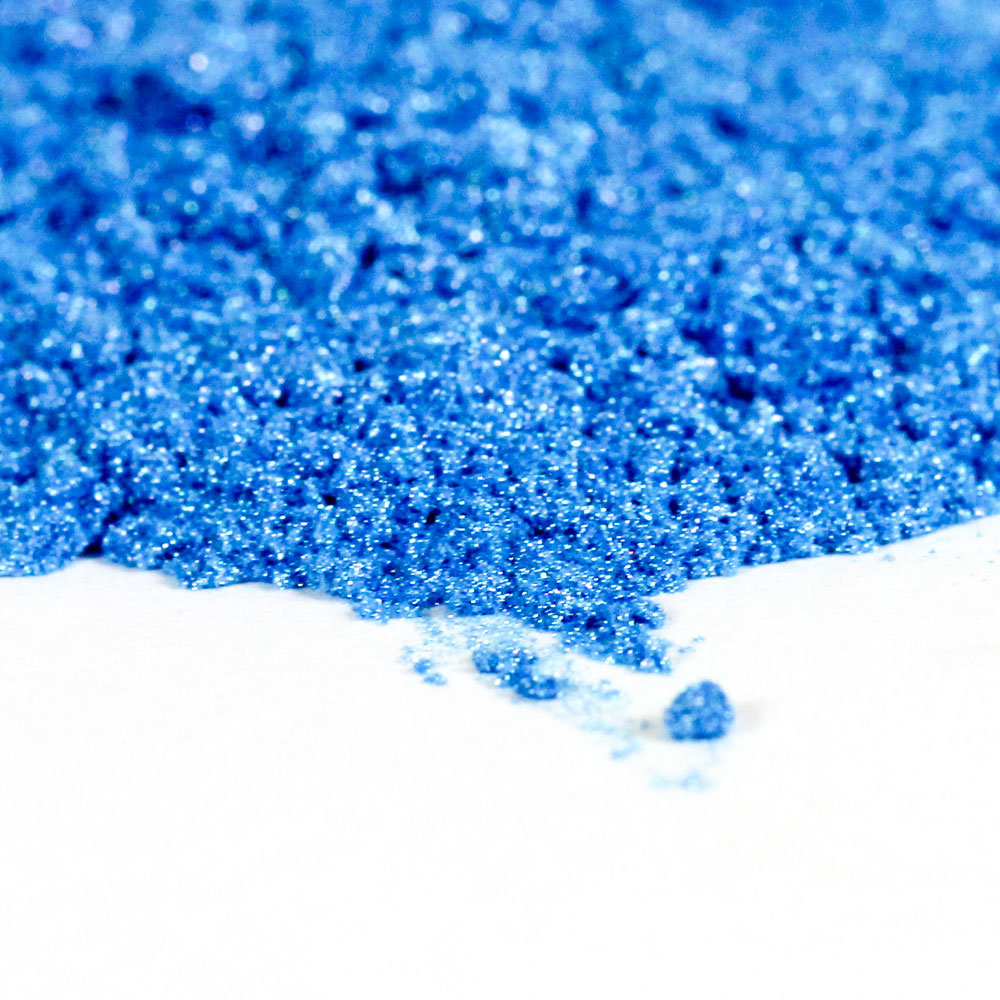
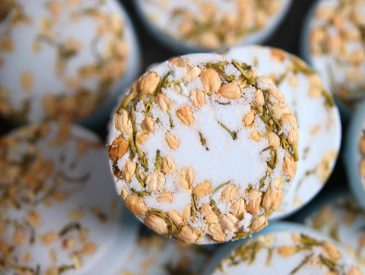

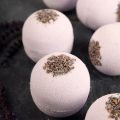
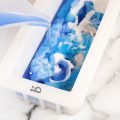
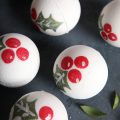
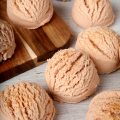
So can labcolors be used instead for bath bombs?
We don’t recommend LabColors because they’re water based, which can set off the fizzing reaction too early.
Thank you!
hi how can i remake this recipe if i need to add sls and deleting the Lotus Flower Extract and replace with the fragrance
For the SLS, you can add half as much as the citric acid or as much as the citric acid depending on how bubbly you want the recipe. The lotus flower extract is added for moisture, it doesn’t add any scent. If you leave it out of the recipe it will be more dry, especially with the added SLS. You may want to add another oil or keep witch hazel nearby to wet the bath bombs.
For the fragrance, you can add any skin-safe one you like. Find ours here: https://www.brambleberry.com/Fragrance-Oils-C161.aspx
Get more bath bomb tips here: https://www.soapqueen.com/bath-and-body-tutorials/bath-bomb-questions-answers/
In this tutorial, these bath bombs use blue mica as the colorant. Blue mica contains Ultramarine Blue, which is not allowed for use in bath bombs, per FDA regulations. Instead of ultramarines, lake dyes are an approved substitute for use in bath bombs. You may wish to revise this tutorial, as it suggests unsafe manufacturing practices.
You are correct, thank you so much for catching our mistake. We updated this post with an approved colorant and a note about the incorrect colorant.
We’ve been doing more research on the subject and I wanted to update this reply. All of our colorants are cosmetic grade and safe for use on the skin or in soap. Recently there has been some confusion about which colors are safe for use in bath bombs. The FDA has a list of approved colorants (https://www.fda.gov/Cosmetics/Labeling/IngredientNames/ucm109084.htm), but whether colorants for bath bombs fall into the external use category is unclear. Because our colorants are skin safe and bath bombs are heavily diluted in water, we feel safe using them in our recipes.
If you plan to sell your products or if you want to be extra careful, you should avoid any colorants that fall in that gray area. This generally includes colorants with green oxide or ultramarines. Each description on BrambleBerry.com will note whether the product contains external use only ingredients.
According to a lot of other sites, the FDA doesn’t approve Ultramarine Blue for Bath Bombs. Do you have any contrasting data that says it’s ok? Also it can give a sulfur-like smell in bombs, do you notice any of that with yours? I assume that such a tiny amount should be ok because it is so diluted into the product and then the bath water, but everything from these other places make it seem like the FDA won’t consider the dilution as anything safe.
You are correct, thank you so much for catching our mistake. We updated this post with an approved colorant and a note about the incorrect colorant.
We’ve been doing more research on the subject and I wanted to update this reply. All of our colorants are cosmetic grade and safe for use on the skin or in soap. Recently there has been some confusion about which colors are safe for use in bath bombs. The FDA has a list of approved colorants (https://www.fda.gov/Cosmetics/Labeling/IngredientNames/ucm109084.htm), but whether colorants for bath bombs fall into the external use category is unclear. Because our colorants are skin safe and bath bombs are heavily diluted in water, we feel safe using them in our recipes.
If you plan to sell your products or if you want to be extra careful, you should avoid any colorants that fall in that gray area. This generally includes colorants with green oxide or ultramarines. Each description on BrambleBerry.com will note whether the product contains external use only ingredients.